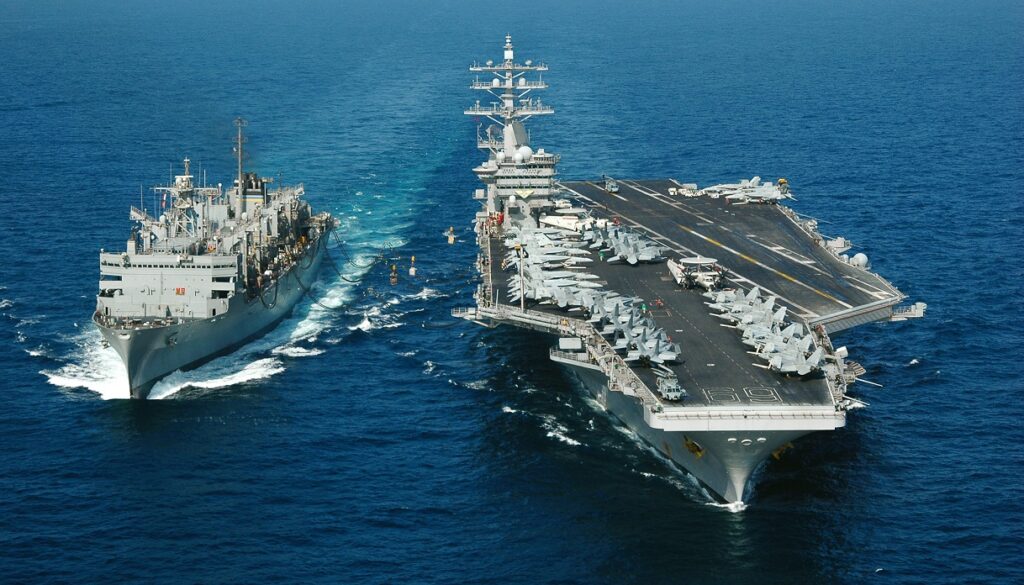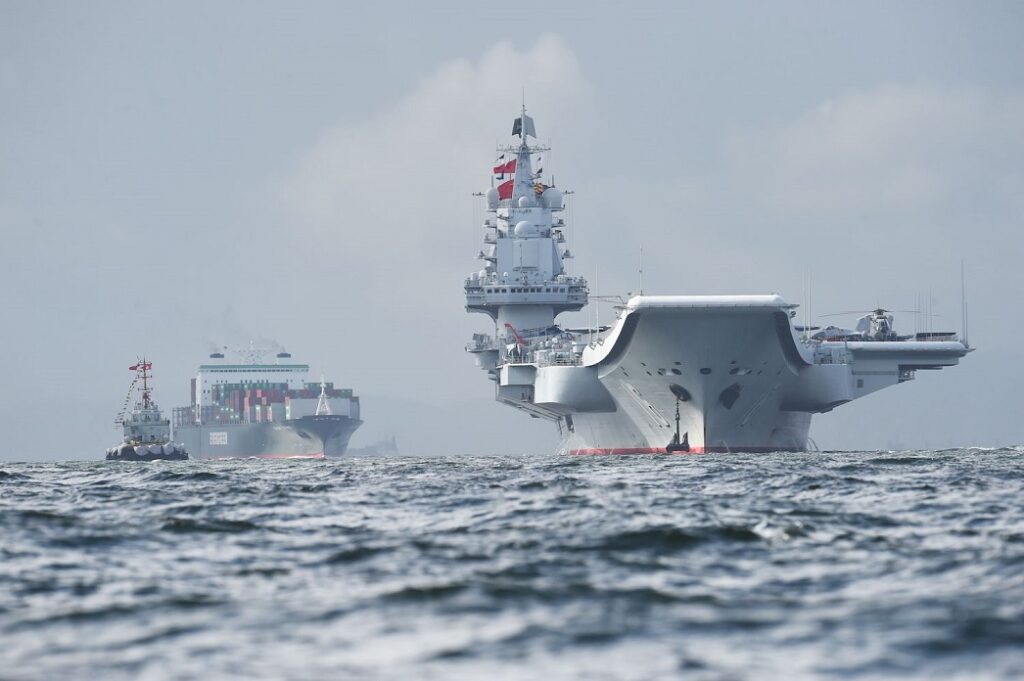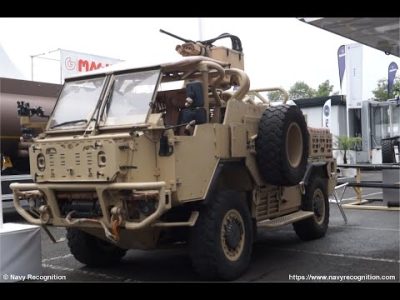Published on 10/03/2021 – Last Updated on 10/03/2021 by OTC
A single aircraft carrier is likely to alter a nation’s military capability significantly. It is because these ships are one of the military’s most powerful assets. In general, international law allows aircraft carriers to operate up to 12 miles off any country’s coast. Thus, the strategic impact of locating a military airbase within miles of any coast on the planet is enormous, especially given that 80 percent of the world’s population lives within 60 miles or 100 kilometers of the ocean.
While numerous naval vessels can launch helicopters, there are currently only aircraft carriers capable of deploying fixed-wing jets in service globally. Thailand, India, Russia, and France each have one; China, the United Kingdom, and Italy have two; while the United States has the world’s eleven largest. These largest carriers operate with a staff of over 6,000 workers and frequently remain deployed for up to a year. Moreover, they are full-fledged seaport cities.
Heavy air traffic than airport
The most sophisticated aircraft carriers, such as the Charles de Gaulle of the French Navy, can deploy an aircraft every 30 seconds. That means that for a little while when the aircraft carrier Charles de Gaulle is operating at maximum capacity, it becomes busier than Paris’s Charles de Gaulle Airport. Attaining this competence on a moving ship is no easy accomplishment. While utilizing these warships provides militaries with immense strategic advantages, they pose one of the most significant operational obstacles.
The offensive weapon of an aircraft carrier is its aircraft. Carriers typically carry a limited amount of defensive weaponry onboard, such as surface-to-air missiles and machine guns. However, as with any significant military asset, large carriers are substantial targets. That is why carriers never travel alone on deployment. While the exact composition varies according to the mission, the carrier strike groups that American carriers typically travel by consist of a guided-missile cruiser armed with Tomahawk missiles, two guided-missile destroyers, an attack submarine, and a supply ship.
An aircraft carrier is the strike group’s flagship, which means that it has a bridge and an air traffic control center in its command area and a flag bridge from which an admiral commands the whole strike group. Each ship in the group performs a combination of offensive and defensive duties. The supply ship is the one exception. The majority of aircraft carriers do not require routine refuelling. All eleven American carriers and the French carrier are nuclear-powered, which means they can cruise continuously without refuelling for twenty-five years. Even conventionally powered aircraft carriers, such as the UK’s HMS Queen Elizabeth, can travel up to 12,000 miles (18,000 kilometers) without refuelling, reducing the need for frequent pauses.
Replenishment At Sea
While an American or French carrier may theoretically sail nonstop for years or even decades, they cannot carry enough food and aviation fuel to stay at sea for more than a few weeks at a time. It would be inefficient and put carriers at risk to visit a port every few weeks to resupply, particularly during war operations, but they do not—they restock while at sea. Instead, the supply ships that accompany the strike group will travel to a nearby port to replenish their supplies of fuel, ammo, food, and mail, then return to the strike group to match speed and manoeuvre alongside the carrier.

These transfers transport critical supplies such as food and some less critical commodities such as mail, but this is not the only method of delivering mail to American aircraft carriers. Each carrier, like any other structure in the United States, has a mailing address. For instance, the USS Gerald R. Ford has its mailing address. Families of sailors can send mail to these addresses, in the same manner, they would go to any other, and the cost is the same as for any additional shipping to a US address—even if the ship is on the other side of the world. Sailors can even place online orders for products to be delivered to their ship.
Expedited mail travels in less than ten days from a US address to a carrier sailing somewhere in the world. Having this speed necessitates more frequent deliveries than logistics ships, yet carriers serve as airports at sea. American carriers currently operate a fleet of C-2 Greyhound cargo aircraft, which provide a frequent, often daily, link between carriers and shore. For example, ordinary mail might be sent to Singapore when cruising in the South China Sea, as the USS Ronald Reagan did in November 2018. The ship’s C-2 Greyhound would then fly to Singapore to pick up the mail and return to the ship.
All carriers in the United States and France utilize a catapult technology to accelerate aircraft takeoff speed in three to four seconds. Due to their relatively short decks, these carriers can launch aircraft of reasonable size, such as the C-2 Greyhound. Other carriers, such as those operated by China and India, lack catapults, limiting their launch capabilities to lighter, shorter-range aircraft capable of taking off from a relatively short runway. These two types of carriers are equipped with arrestor wires that enable aircraft to descend quickly due to the short distance available. Every other aircraft carrier in existence can only deploy vertical-landing planes.
Aircraft Carrier’s 6,000 people housing
Given its diminutive size, the flight deck is a hazardous area. It is so tiny that it cannot accommodate all of the carrier’s aircraft, but naturally, the hangar is located beneath the flight deck. A big carrier can accommodate up to 100 aircraft, so gigantic elevators are used to transport aircraft from the flight deck to the hanger for storage while not in use. Each American carrier employs and houses over 6,000 people. Three thousand two hundred of them work onboard the ship in operational capacities. This involves everything from working in the engine room, maintaining the nuclear reactor, cleaning the decks, and commanding the ship from the bridge. Many of these jobs are located below deck, and because all above deck space is dedicated to flight operations, many crew members can go weeks without seeing sunshine. Additionally, the carrier’s air wing employs 2,500 troops. If this were a land-based airfield, this would include all employees, such as air traffic controllers, aircraft maintenance, fuelers, and pilots.

The remaining few hundred workers are employed in a variety of other positions. In terms of personal space, enlisted personnel, who make up the overwhelming bulk of those onboard, are assigned simply a single bunk in a room with up to a hundred others. Individuals of a higher status, on the other hand, get significantly larger quarters. As long-term residences for thousands of people, these ships also feature a few tiny pleasures such as supermarkets, gyms, barbershops, and lounges. Still, the room is limited when 6,000 people are crammed into a single floating hull, and the goal is essential.
Primary Purpose: Power Projection
Since World War II, some have questioned the role of aircraft carriers in modern combat. Apart from the United States, every functioning country’s ships are usually engaged in war, training, or maintenance at any given time. The US has a penchant for utilizing its carriers for a fourth purpose—power projection. Almost always, an American carrier is cruising somewhere in the world at any given time. Even if no aircraft carrier is deployed, they are quick. They reach a top speed of 35 miles per hour or 56 kilometers per hour, which means a carrier based in Norfolk, Virginia, could reach the Middle East in less than a week. In the Pacific, the US has an even more significant advantage, as the USS Ronald Reagan is based in Yokosuka, Japan, from whence it can reach the coasts of North Korea in just 29 hours, for example.

Emerging Threats
However, with their huge power, aircraft carriers provide an enormous target, particularly in the age of stealthy drones and precision missiles. A single US aircraft carrier sinking might result in more American military deaths than the whole Iraq war, in addition to the loss of tens of billions of dollars in military assets. While no nation’s aircraft carrier has been sunk since World War II, it is possible.
US carriers take part in regular war drills with allies, simulating combat scenarios. However, two alarming events occurred in 2005 and 2015, in which Swedish and French submarines “won” games against US carriers, respectively. This indicates that the submarines of the two countries approached the carriers close enough to launch torpedoes and maybe sink them if they were an adversary engaged in actual combat.
Conclusion
This demonstrates that, despite their defenses, aircraft carriers are not as unassailable as some claim. Meanwhile, the US has already received the first of ten carriers in a new class, and China, India, and the UK are all now building carriers, indicating that, despite its apparent obsolescence, the aircraft carrier will not disappear from the world’s oceans anytime soon.
Check out Naval Library App to find out more about the specifications of the aircraft carriers.
















Comments